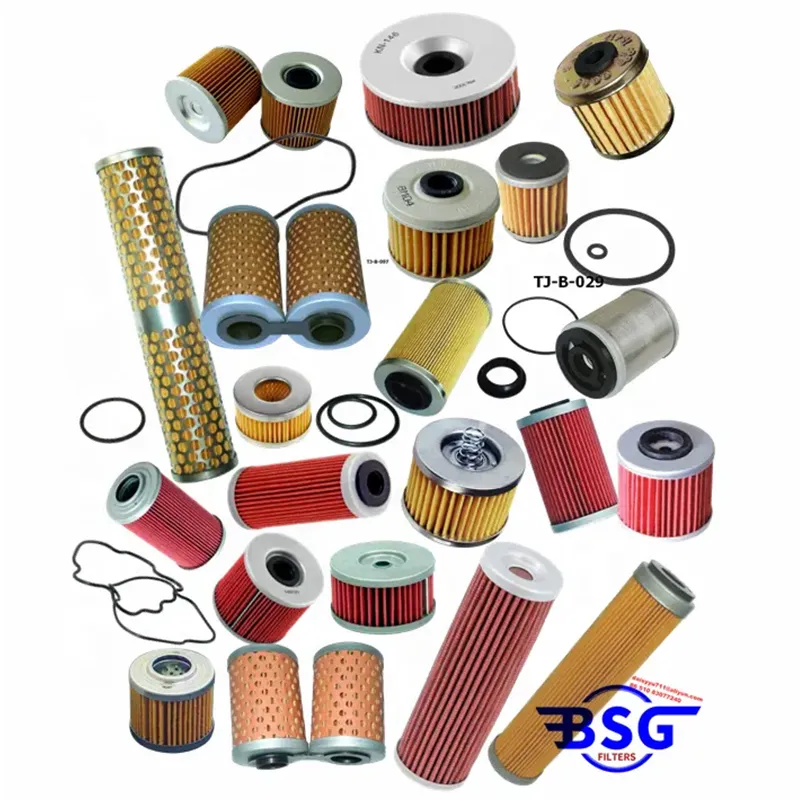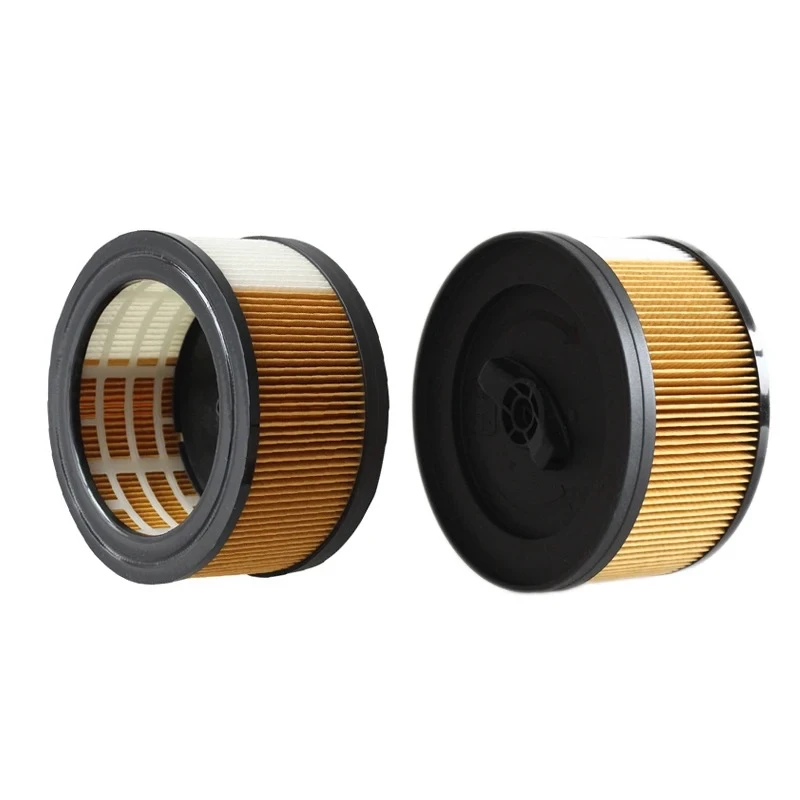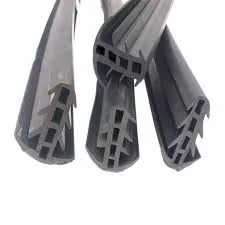Thin PVC strips, such as the 14x3mm profiles, are known for their lightweight and flexible nature. This makes them ideal for a range of applications where adaptability and ease of use are paramount. These strips possess excellent resistance to moisture, chemicals, and UV light, thereby ensuring their durability in both indoor and outdoor settings. Additionally, the smooth surface of PVC strips allows for easy cleaning and maintenance, making them suitable for environments requiring high hygiene standards.
 Home
Home











